If you’re looking for a way to keep your skin fresh and clean, oil cleansers might be just what you need. These products work wonders by breaking down makeup and impurities without stripping your skin of its natural oils. This gentle yet effective method is suitable for various skin types, allowing you to achieve a balanced and radiant complexion.
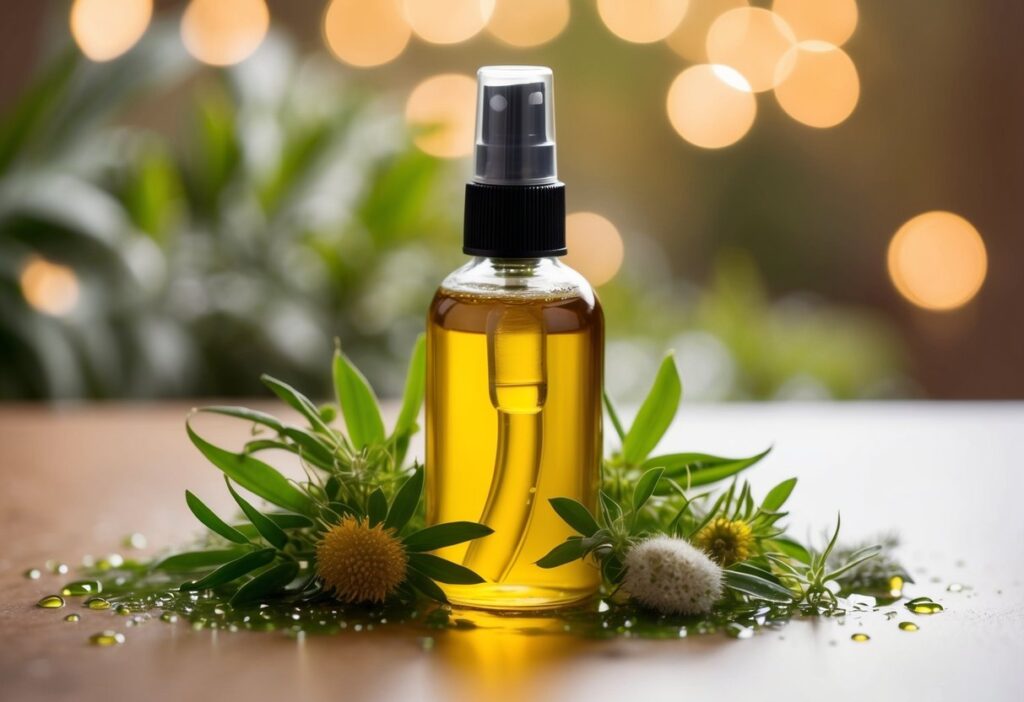
You might wonder how oil can cleanse skin without leaving it greasy. The secret lies in the way oil binds to dirt and makeup, making it easier to wash away. Plus, many oil cleansers feature nourishing ingredients that add hydration and softness to your skin.
As you explore the oil cleansers, you’ll find options tailored to different skin concerns. With the right cleansing oil, you can enjoy a simple and satisfying skincare routine that leaves your skin glowing.
What Are Oil Cleansers And How Do They Work?
Oil cleansers are a type of facial cleanser that uses oils to remove makeup, dirt, and impurities from your skin. Unlike traditional cleansers, they use oil-based ingredients to break down the oils on your skin, which makes them very effective.
You apply the cleansing oil directly to your dry face. As you massage it in, the oil binds with makeup and excess oil. This process is known as the oil cleansing method.
After massaging, you can remove the oil with a damp cloth or rinse it away with warm water. Many people like to follow up with a gentle, water-based cleanser for a deeper clean. This two-step process helps ensure that all residue is removed.
Cleansing balms work similarly to oil cleansers but have a thicker texture. They melt into oils as you apply them, making it easy to wipe away dirt without stripping your skin’s natural moisture.
What Are The Primary Benefits Of Using Oil Cleansers?
Effective Makeup And Sunscreen Removal
Oil cleansers excel at removing even the most stubborn products like waterproof mascara and long-lasting foundation. When you apply oil to your skin, it binds with the makeup and sunscreen, making them easier to wash away.
This method is gentle yet effective. You won’t need to scrub hard, which can irritate the skin. Instead, the oil lifts away impurities without disturbing the skin barrier. For a refreshing cleanse, simply massage the oil onto dry skin, then rinse with warm water.
Balancing Skin’s Natural Oils
Using oil cleansers helps maintain your skin’s natural moisture balance. Many traditional cleansers strip your skin of oils, leading to dryness or irritation. In contrast, oil cleansers deliver a gentle formula that doesn’t compromise your skin’s natural health.
These cleansers can prevent the overproduction of oil. This is especially helpful for those with oily or combination skin. You can cleanse effectively without the fear of feeling tight or dry afterward.
Hydrating Properties
One of the standout features of oil cleansers is their hydrating properties. Many contain nourishing oils that can moisturize your skin while cleaning. Ingredients like jojoba oil are similar to your skin’s natural sebum, offering hydration without adding extra grease.
After using an oil cleanser, your skin feels soft and supple. You won’t need an additional moisturizer right away, making it a time-saver as well. This benefit is crucial if you prefer a simple skincare routine without multiple products.
Which Key Ingredients Should You Look For an Oil Cleanser?
Natural Plant Oils
Natural plant oils are the foundation of any good oil cleanser. They help dissolve makeup and impurities while nourishing your skin. Look for oils such as sunflower seed oil and jojoba oil, which are gentle and moisturizing.
Olive oil is another great choice; it’s rich in antioxidants and omega fatty acids, which can strengthen your skin barrier. Oils like evening primrose oil and apricot kernel oil are excellent for sensitive skin, providing hydration without irritation.
Other beneficial options include rice bran oil and moringa oil, known for their soothing properties. These oils not only cleanse but also leave your skin feeling soft and balanced.
Essential Oils
Essential oils can add aroma and extra skin benefits to your oil cleanser. Choose wisely, as some may irritate sensitive skin. Tea tree oil is celebrated for its antibacterial properties, making it a great choice for acne-prone skin.
On the other hand, lavender oil soothes and calms the skin, while orange peel oil can help brighten your complexion. Rosehip oil, rich in vitamins A and C, works wonders for redness and uneven skin tone.
Be cautious with usage; a little goes a long way! Check product labels to ensure essential oils suit your skin type and don’t cause irritation.
Antioxidants
Antioxidants are crucial in any skincare routine, including oil cleansers. They protect your skin from environmental stressors and help reduce signs of aging. Look for ingredients like vitamin E, which not only nourishes but also enhances the stability of the oil formulation.
Another helpful ingredient is sodium hyaluronate, which retains moisture and keeps your skin hydrated. Ceramides are also beneficial; they restore your skin barrier and lock in hydration.
You might also find fruit enzymes included in some formulations. These can gently exfoliate, promoting a brighter and smoother complexion.
Emulsifiers
Emulsifiers help oil cleansers mix with water, allowing for an effective rinse-off. They play a crucial role in achieving a clean feel without greasy residue. Look for ingredients like glycerin, which helps maintain moisture while helping the cleanser rinse away easily.
Japanese camellia oil is another great emulsifier that hydrates and softens the skin. This ingredient makes it easy to remove dirt and makeup while ensuring your skin stays nourished.
Finding a cleanser with effective emulsifying ingredients will leave your skin feeling fresh, clean, and balanced.
How Do You Properly Use An Oil Cleanser?
Using an oil cleanser can transform your skincare routine. With the right application technique, you can effectively remove impurities and prepare your skin for the next steps in your regimen. Here are some important points to consider when using an oil cleanser.
Application Technique
To start, apply a quarter-sized dollop of oil cleanser to dry hands. Gently massage it into your dry face using your fingertips. Focus on areas where makeup or dirt tends to gather, like your forehead, cheeks, and chin. This action helps dissolve oil-based impurities.
Next, let the oil sit on your skin for about 1-2 minutes. This gives it enough time to work. After that, rinse with lukewarm water. The oil should transform into a milky texture, making it easier to clean your skin without leaving any residue. Pat your face dry with a clean towel.
Double Cleansing Method
For thorough cleansing, consider the double cleansing method. This two-step process includes using an oil cleanser first, followed by a gentle foam cleanser. Start with your oil cleanser to remove makeup, sunscreen, and daily grime.
After rinsing off the oil, apply a foam cleanser. This will help remove any leftover residue and provide a deeper clean. This combination ensures that your skin is clean and ready to absorb serums and moisturizers.
Frequency of Use
You can use an oil cleanser daily, especially if you wear makeup or sunscreen. It’s best to use it in your evening routine to remove the day’s buildup effectively. For those with dry or sensitive skin, consider using it every other day to avoid over-cleansing.
When starting, listen to your skin. If it feels oily or congested, you may need to adjust your frequency. Consistency is key, so find a routine that feels right for you.
Can Oil Cleansers Be Used On Different Skin Types?
Oily And Acne-Prone Skin
If you have oily or acne-prone skin, you might think oil cleansers are a no-go. In reality, they can work wonders. Look for oil cleansers with ingredients like jojoba oil or grapeseed oil, which can help regulate sebum production.
These oils are lightweight and won’t clog your pores. They effectively remove excess oil, makeup, and impurities without stripping your skin. Using an oil cleanser can even help reduce breakouts by keeping your skin balanced and hydrated.
Dry And Sensitive Skin
For those with dry or sensitive skin, choosing the right oil cleanser is crucial. Gentle formulations that contain nourishing oils like coconut oil and argan oil can help. They provide moisture without causing irritation.
Avoid harsh ingredients, as they may worsen dryness and sensitivity. A good oil cleanser can soothe conditions like eczema, promoting healing and comfort. Always patch-test a new product to ensure it works well for your skin.
Combination Skin
If you have combination skin, finding an oil cleanser that addresses both dryness and oiliness can be tricky. Look for balanced options that include olive oil or rosehip oil. These ingredients can tackle oil in the T-zone while hydrating dry areas.
Using an oil cleanser can simplify your routine. It effectively removes makeup and dirt while maintaining moisture levels across all skin zones. Just be sure to choose a formula that is not too heavy.
Mature Skin
Mature skin often requires extra care. Oil cleansers can help improve elasticity and hydrate the skin. Ingredients like argan oil and rose oil are excellent choices.
These oils provide nourishing properties that can reduce the appearance of fine lines. They cleanse thoroughly without leaving the skin feeling tight or dry. Regular use can promote a smoother, more supple complexion over time.
How Do Oil Cleansers Compare To Other Types Of Cleansers?

Oil Vs. Foam Cleansers
Foam cleansers typically use surfactants to create a lather that helps remove dirt and oil from your skin. They can be great for oily or acne-prone skin because they leave a clean, matte finish. However, they may strip natural oils and can be drying.
Oil cleansers, on the other hand, gently dissolve makeup and impurities without drying your skin. They are excellent as a first step in a double cleansing routine. If you have dry or sensitive skin, you might prefer oil cleansers for their moisturizing benefits and gentle action.f
Oil Vs. Gel Cleansers
Gel cleansers are usually light and often water-based. They work well for oily skin and often contain beneficial ingredients like salicylic acid. Gels can provide a refreshing feeling and help control excess oil.
Oil cleansers shine in effectively removing stubborn makeup and sunscreen. While gel cleansers can leave your skin feeling clean, they may not remove everything, especially waterproof products. Using an oil cleanser first can ensure all traces of makeup are gone, followed by a gel cleanser if desired.
Oil Vs. Cream Cleansers
Cream cleansers are thicker and often rich in moisturizers. They cater mainly to dry or sensitive skin types by offering hydration. Cream cleansers can leave a soft, dewy feel on your skin, promoting a more hydrated look.
In contrast, oil cleansers offer similar benefits but excel in breaking down heavy makeup. If you wear a lot of makeup, an oil cleanser may be the better option to ensure a thorough clean. After using an oil cleanser, you could apply a cream cleanser for added moisture and softness.
What Are Some Top Oil Cleanser Recommendations?
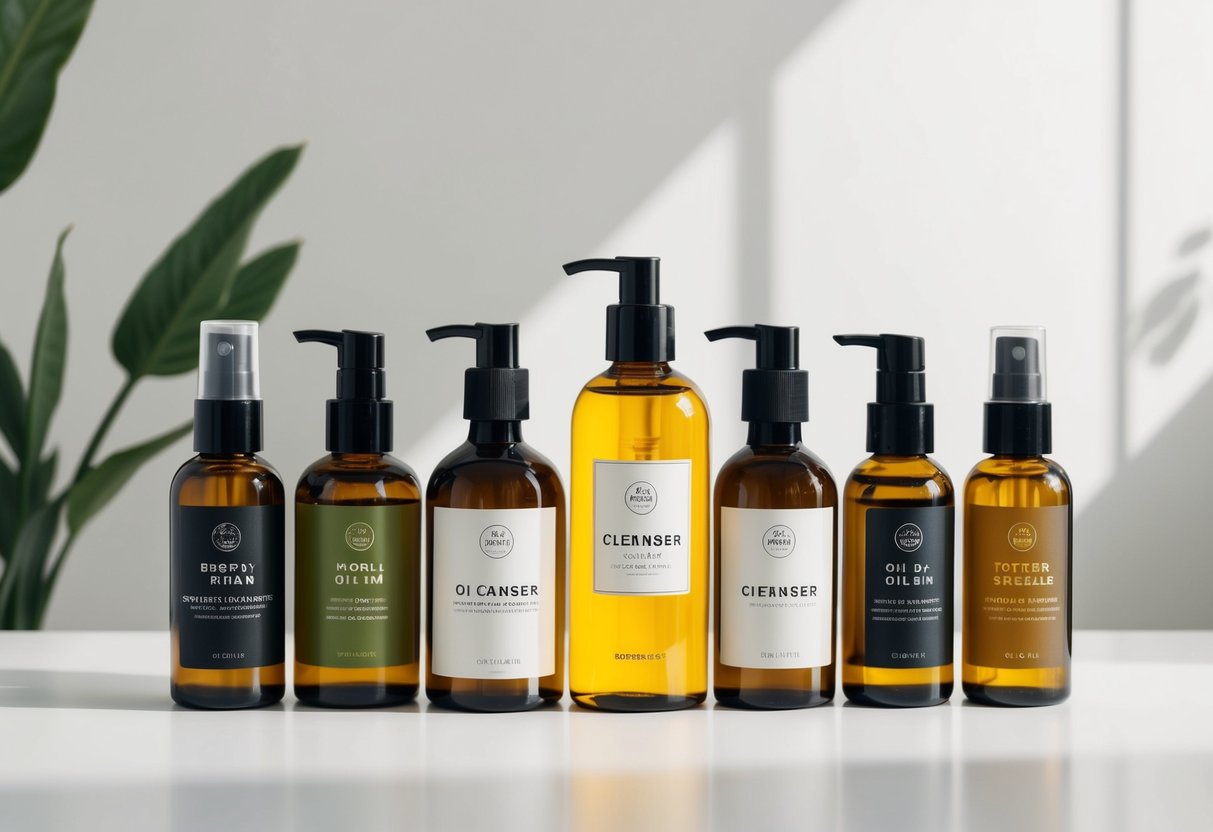
Best Overall Oil Cleansers
For a top recommendation, try Dermalogica Precleanse. This product breaks down stubborn makeup and impurities effectively. It’s a favorite for many because it thoroughly cleanses without stripping your skin.
Another great choice is DHC Deep Cleansing Oil. It uses olive oil and leaves your skin soft and smooth after use. This cleanser is also highly praised for removing waterproof makeup.
If you are looking for something gentler, the Sulwhasoo Gentle Cleansing Oil is perfect. It’s made with herbal ingredients, making it ideal for sensitive skin.
Budget-Friendly Options
If you want to keep costs down, Curél Makeup Cleansing Oil is a fantastic option. This drugstore favorite gently removes makeup and is designed for sensitive skin, helping you achieve a fresh feel without breaking the bank.
Another solid choice is Bioderma Atoderm Cleansing Oil For Face. This product is known for its lipid-replenishing properties, perfect for dry skin.
Don’t overlook Hanskin Pore Cleansing Oil. It’s eco-friendly and effective at unclogging pores, making it great for oily skin types.
Luxury Oil Cleansers
For those willing to splurge, the Tatcha Pure One Step Camellia Oil Cleanser stands out. This luxury cleansing oil not only removes makeup but also nourishes your skin with its high-quality ingredients.
Consider the Mara Chia + Moringa Algae Enzyme Cleansing Oil as well. It combines both cleansing and exfoliating properties for a radiant glow.
Lastly, Midnight Recovery Botanical Cleansing Oil by Kiehl’s is great for nighttime use. It helps soothe your skin while removing daily impurities, making it a standout in luxury oil cleansers.
Yes, you can make your own oil cleanser at home. It’s a simple process that allows you to control the ingredients based on your preferences and skin type. Plus, it’s a fun way to personalize your skincare routine.
How Can Oil Cleansers Fit Into Your Skincare Routine?
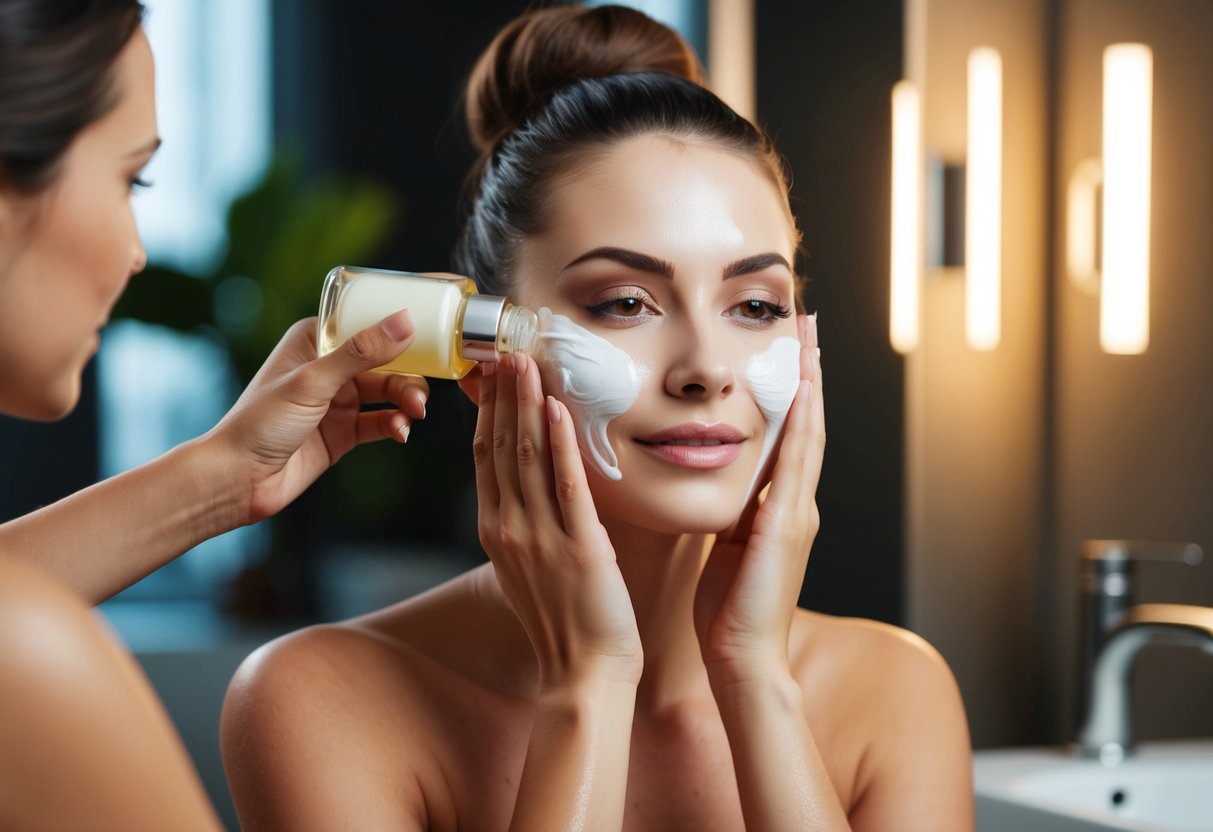
As A Makeup Remover
If you wear makeup, oil cleansers are an effective way to remove it. Start with a pump or two of oil in your dry hands. Warm it slightly before applying it to your face.
Gently rub the oil into your skin in circular motions. This helps break down the makeup. Pay extra attention to areas with heavier makeup like your eyes and lips.
After a minute of massaging, rinse your face with warm water. The oil will emulsify and wash away dirt and makeup, leaving your skin clean but not stripped of moisture.
In A Double Cleansing Routine
A double cleansing routine involves using two types of cleansers for the best results. Start with an oil cleanser to dissolve makeup and oil-based impurities.
After rinsing, use a water-based cleanser to target any remaining residue and dirt. This method ensures your skin is thoroughly cleansed without being harsh.
You can choose cleansers based on your skin type. For example, use a gel or foam cleanser if you have oily skin. For dry skin, a cream-based wash may be more gentle.
For Oil Massage And Facial Treatments
Using an oil cleanser for facial massages is a good way to boost your skincare routine. The oil provides slip, making it easy to glide over your skin without tugging.
Apply a small amount of oil to your fingertips and use gentle strokes on your face. Focus on areas that need extra love, like your cheeks and forehead.
This relaxing method can improve blood circulation and nourishment. It also enhances your skin’s glow.
Try adding this to your nighttime routine as a treat after a long day. Your skin will thank you!
What Are The Potential Drawbacks Of Oil Cleansers And How Can You Avoid Them?
Using oil cleansers can have some drawbacks. It’s important to know about them so you can make the best choices for your skin.
One concern is that oil cleansers can clog pores. This might lead to blackheads or breakouts if the oils used are pore-clogging. To avoid this, look for products that are non-comedogenic. These formulas won’t clog your pores.
Another issue can be skin reactions. Some oils can cause irritation, especially if they are not fragrance-free. Always choose hypoallergenic options to keep your skin safe and happy. Check ingredient lists carefully.
While oil cleansers are usually non-stripping and gentle, using too much can overwhelm your skin. Use just enough to cleanse and avoid overloading your skin with product. A little goes a long way!
It’s also good to remember that not all oils are the same. Choose those that are known for pore cleansing. Ingredients like jojoba or sunflower oil are great options.
Finally, if you’re unsure which product to choose, don’t hesitate to consult with dermatologists. They can guide you to find what works best for your unique skin type.




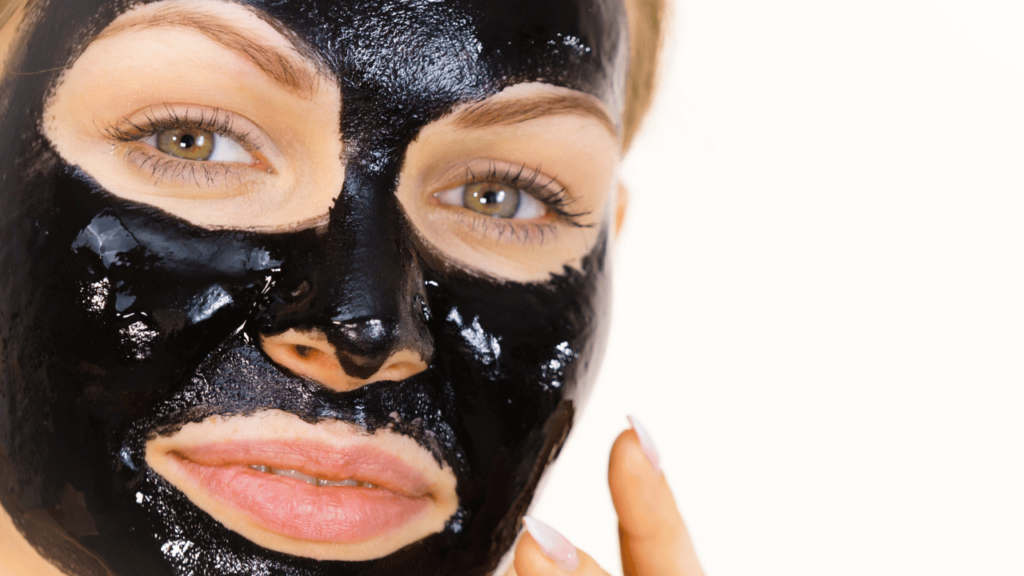
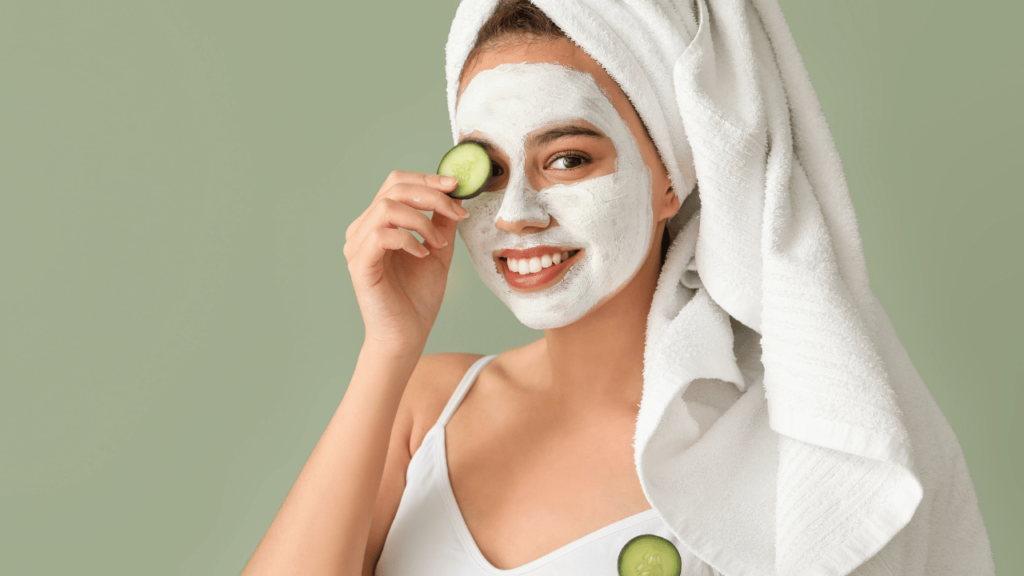

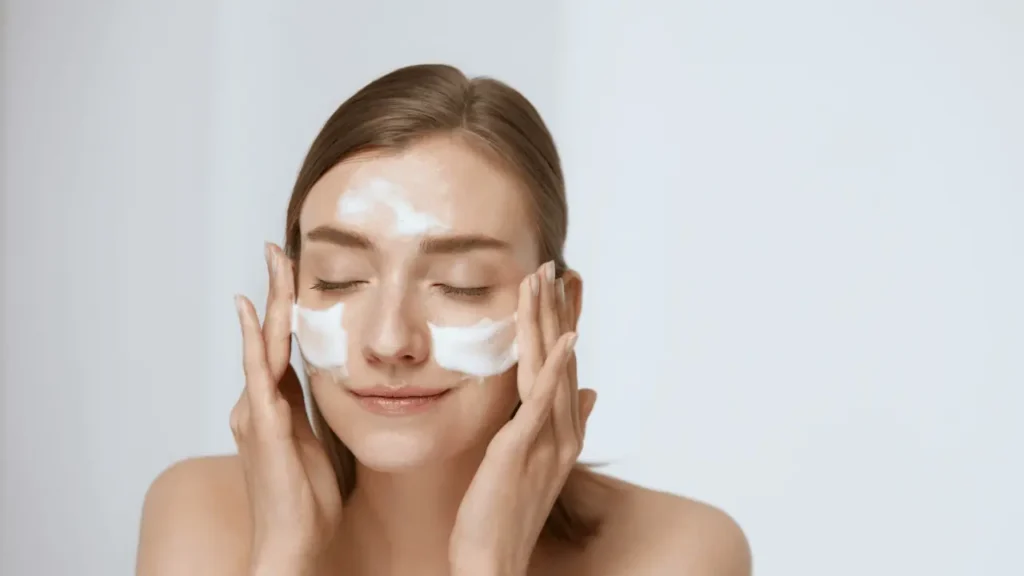
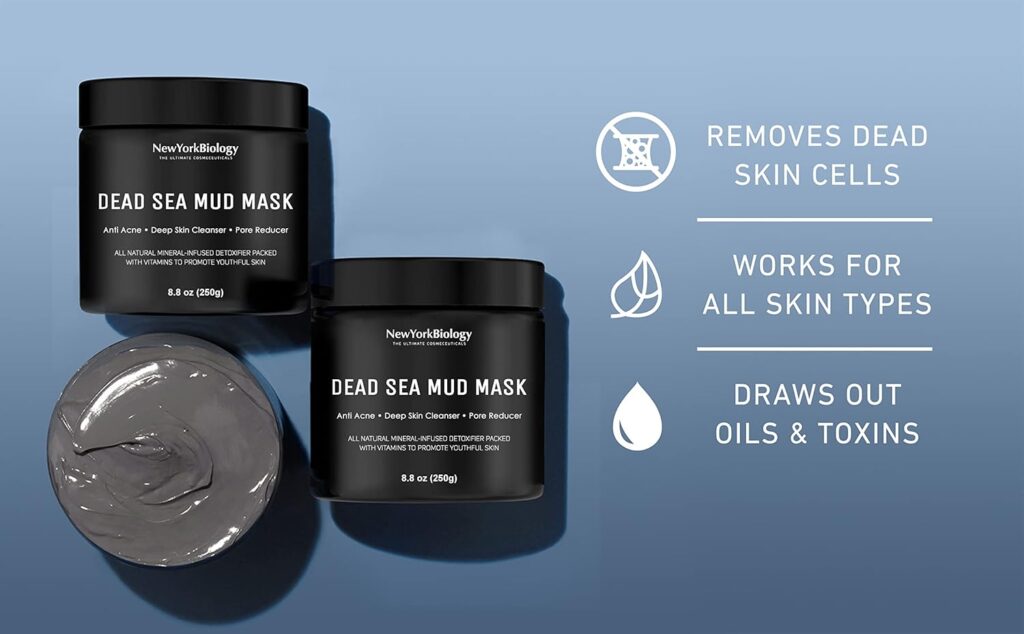
Pingback: Types of Cleansers for all Skin Types - Productsforme
Pingback: The Ultimate Guide to Facial Cleansers: Types, Benefits, and How to Choose the Best One
Pingback: The Secret to Choosing Best Cleanser for Dry Skin